
Chan Chan is the capital of the Chimu Kingdom from the 15th century. Shortly after reaching its pinnacle point, it fell to the Incas. Chan Chan is located in the valley of Moche in Peru and was the largest structural city made of mud and sand in pre-Columbian America. The layout of this city is a reflection of the strict political and social strategy that was in place. The structure is divided into 9 large rectangular complexes known as citadels and was how they were divided. Each citadel included buildings such as temples, store houses and reservoirs. The planning of this city is a masterpiece of town planning. Their ability for zoning and use of inhabited space is a true testimony of the Chimu Kingdoms ability to express their political and social ideal with such clarity.
Although the remaining area is significantly less than the original, Chan Chan has retained all the elements that give it the outstanding value that give it significance. Due to decay from the natural elements, ongoing maintenance is performed to prevent total deterioration. Unfortunately the visual integrity of the site is negatively impacted by the local farming and agriculture. The area around Chan Chan has been developed as much to include infrastructure, animal food plants, a highway that cuts the property in two.
Protection & Management: The main agency in charge of conserving the Chan Chan is the Ministry of Culture in Peru. They collaborate with national, regional and local authorities to implement actions necessary for any illegal occupation of the property. The property is protected by national laws and verdicts but there are still some long standing issues with land occupancy and relocation of the illegal settlers. There are still a lot of regulatory procedures being established with the local municipality. In 1986 (same year I was born), the property was placed on the world heritage in danger list because of its vulnerability to the climatic effects from the weather. It was also being threatened by proposed construction of road crossings. There are a couple principles for cultural heritage tourism that have not been managed properly in conservation of the Chimu Kingdom. The first is to protect and preserve resources for future generations. I do not think sufficient efforts to conserve this property have been taken. There have been issues treasure hunters since the 1700’s and they still exist today in spite of the legislation against it. Something that can be done about the conservation is to stop any excavating that is currently happening. Another option would be to build a structure around it so it is enclosed and protected from the weather. This was done in China with the great Terra Cotta Warriors. An effective risk management plan is also needed to address both the social and natural threats to the property.
Second principle I think is finding the fit between the community and tourism. I don’t believe the community has been involved in helping shape the tourism efforts. Still today, mapping of the sight and archeological exploration has just begun. I think that by educating the locals on the important significance this has on their culture will help to get them involved in the conservation efforts.
http://whc.unesco.org/en/list/366
Although the remaining area is significantly less than the original, Chan Chan has retained all the elements that give it the outstanding value that give it significance. Due to decay from the natural elements, ongoing maintenance is performed to prevent total deterioration. Unfortunately the visual integrity of the site is negatively impacted by the local farming and agriculture. The area around Chan Chan has been developed as much to include infrastructure, animal food plants, a highway that cuts the property in two.
Protection & Management: The main agency in charge of conserving the Chan Chan is the Ministry of Culture in Peru. They collaborate with national, regional and local authorities to implement actions necessary for any illegal occupation of the property. The property is protected by national laws and verdicts but there are still some long standing issues with land occupancy and relocation of the illegal settlers. There are still a lot of regulatory procedures being established with the local municipality. In 1986 (same year I was born), the property was placed on the world heritage in danger list because of its vulnerability to the climatic effects from the weather. It was also being threatened by proposed construction of road crossings. There are a couple principles for cultural heritage tourism that have not been managed properly in conservation of the Chimu Kingdom. The first is to protect and preserve resources for future generations. I do not think sufficient efforts to conserve this property have been taken. There have been issues treasure hunters since the 1700’s and they still exist today in spite of the legislation against it. Something that can be done about the conservation is to stop any excavating that is currently happening. Another option would be to build a structure around it so it is enclosed and protected from the weather. This was done in China with the great Terra Cotta Warriors. An effective risk management plan is also needed to address both the social and natural threats to the property.
Second principle I think is finding the fit between the community and tourism. I don’t believe the community has been involved in helping shape the tourism efforts. Still today, mapping of the sight and archeological exploration has just begun. I think that by educating the locals on the important significance this has on their culture will help to get them involved in the conservation efforts.
http://whc.unesco.org/en/list/366
| In a parallel comparison I wanted to introduce the Monterey Bay Aquarium and their efforts toward Great White Shark Conservation. This organization has successfully met all five principles for cultural heritage tourism. · Collaborate - With their lend support link they rely on support from corporations, and individuals to work together and not alone in their conservation efforts. · Fit between community and tourism – In order to allow the community to be involved in shaping the tourism efforts the Monterey Bay Aquarium employs local tour operators and they offer military discounts. · Make sites and programs come alive – by allowing tours, adventures, daily shows and activities visitors can become more than engaged in creating a memorable experience. · Focus on authenticity and quality – Monterey Bay has a few tours that maintain the authenticity and quality of the travelers experience. With the feeding frenzy tour travelers are allowed to fee the fish from a balcony that stands over the pool. Also the shark tour allows travelers to discover the secrets of many shark species. · Preserve and Protect resources – With a save the oceans tab, the aquarium has a variety of areas in which a person can help preserve the ocean life. One of these include research and conservation with many tools to help people learn how they can take part in the conservation of these irreplaceable resources. http://www.montereybayaquarium.org/cr/cr_whiteshark/whiteshark_conservation.aspx |
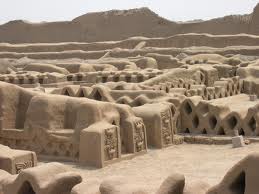
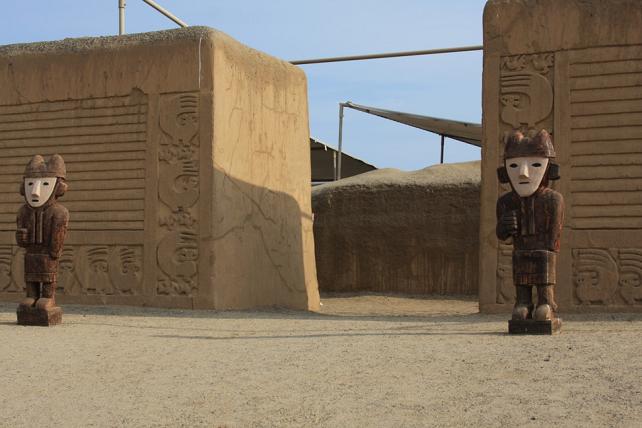
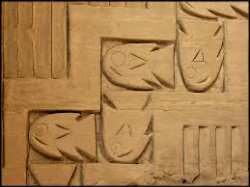
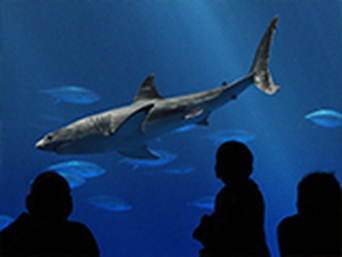
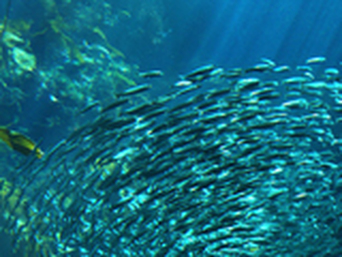

 RSS Feed
RSS Feed